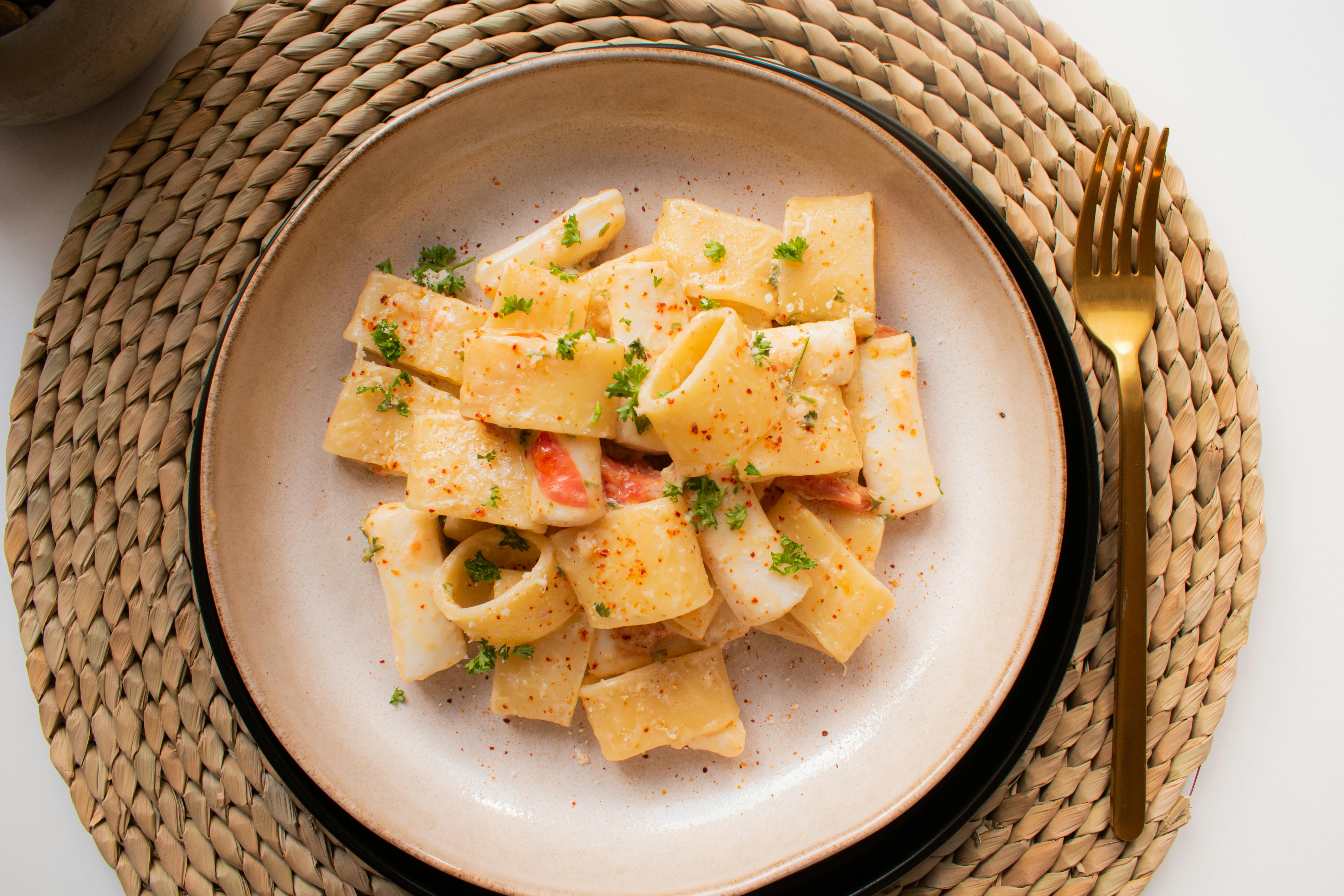Water efficiently using drip irrigation
The annual water demand of aronia plants is reported to be 32 inches of rain or more spread evenly throughout the year. (I must say this seems a bit low to me.)
An efficient irrigation system may be a necessary requirement. The sprinkler is generally an inefficient system. Sprinklers can deliver a large amount of water in a short period of time, but at the same time large amounts of moisture are lost due to evaporation. However, sprinklers can be the ideal option for watering when alfalfa is established. Alfalfa is relatively drought tolerant, but its growth depends on the availability of water in the soil. If there is little or no irrigation water, annual yields will be low.
Sprinkling can help serve as frost/freeze protection for vineyards during budding and early shoot development in an occasional spring frost to save a crop, but is generally not cost-effective.
The cost of materials, installation, and development of a pond or other water resource generally make it unprofitable. Also, aronia plants bloom late in the spring, usually avoiding the threat of frost, so the need for spraying is minimal.
Drip irrigators and soaker hoses can deliver a low volume of water over an extended period using individual emitters directly at the base of the plant, losing little water to evaporation or runoff. They work well for watering aronia plants. Drip irrigation can maintain a good humidity levels in the root zone of the plant.
Precipitation
In southern Wisconsin, on a chokeberry farm, the average annual rainfall is 36.5 inches. This amount compared to an average of 51.9 inches at the aronia berry farm in central Kentucky is much less… mean annual precipitation measures 32.6 inches in Missouri Valley, Iowa, on an aronia farm. The annual water demand of aronia plants is said to be 32 or more inches rainfall evenly distributed throughout the year. Therefore, the places mentioned should have enough rain in most seasons for plants. However, drip irrigation should still be provided. This is particularly true in the hot, dry summer months when the fruit is actively developing. Long periods of hot, dry and windy weather can affect fruit yield and quality. Aronia plants need regular watering to grow well depending on rainfall, usually every week or two during the growing season.
Chokeberry bushes are some of the best at surviving well in very wet winter soils, often caused by slow drainage or continual seepage, and dry summer soils. Due to the structure of its root system, aronia is successfully grown in soils with low and high levels of groundwater.
In times of drought, the use of gray water can help facilitate the use of water to irrigate plants. Greywater must be free of food debris, oils, and bleach.
Drip Irrigation Costs
A drip irrigation system typically cost between $1,000 and $2,500/acre in 2012 not including a water source.
Benefits of drip irrigation
The drip irrigation system is generally needed particularly for the hot and dry months of July and August. Some benefits of drip irrigation include: The benefits of drip irrigation include the following.
- Reduces water needs compared to spraying. Drip irrigation can exceed 90 percent efficiency while sprinkler systems are generally 50 to 70 percent efficient.
- Increases plant growth
- It causes new rods to grow.
- Increases the size of the berry
- Increases fruit production.
- Increase harvest window
Expected returns
One grower reports that he was averaging 2 pounds per plant in 2 years with the help of a drip system. This is in agreement with other reports. The yield should increase each year thereafter. In the third year a yield of 10 pounds per plant can be expected. In the 4th and 5th year a yield of about 20 pounds per plant can be achieved.
